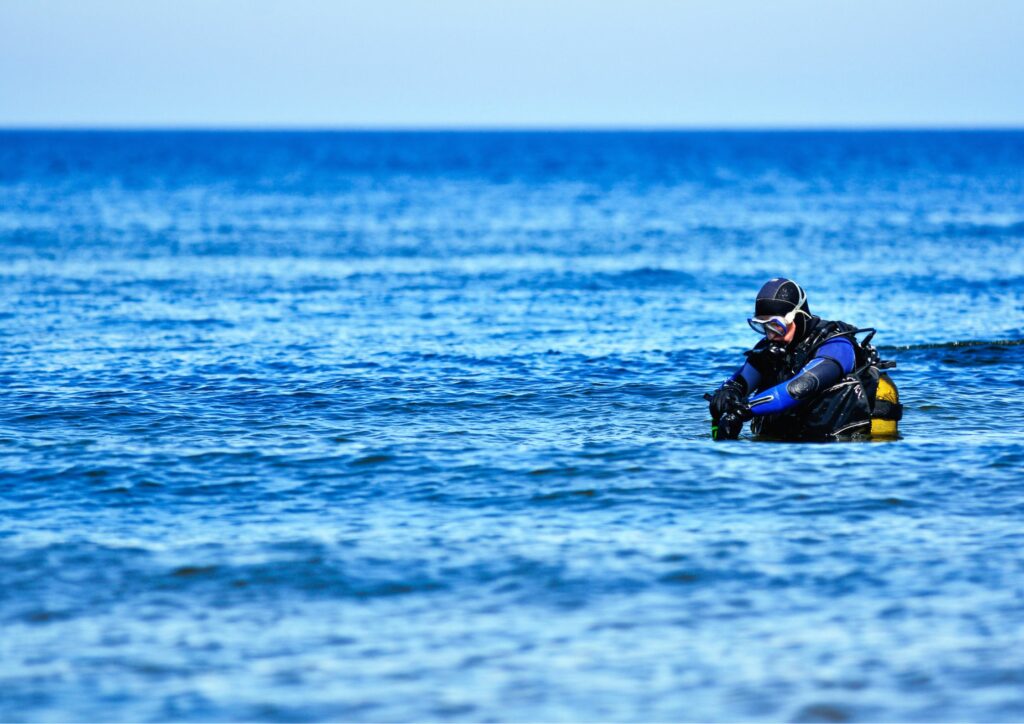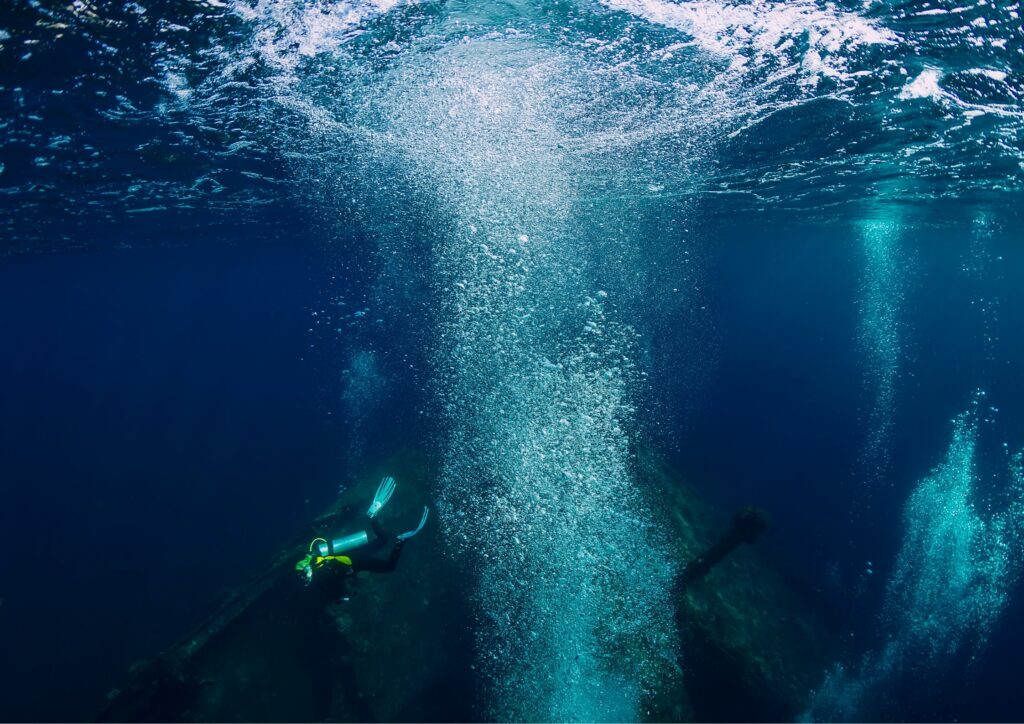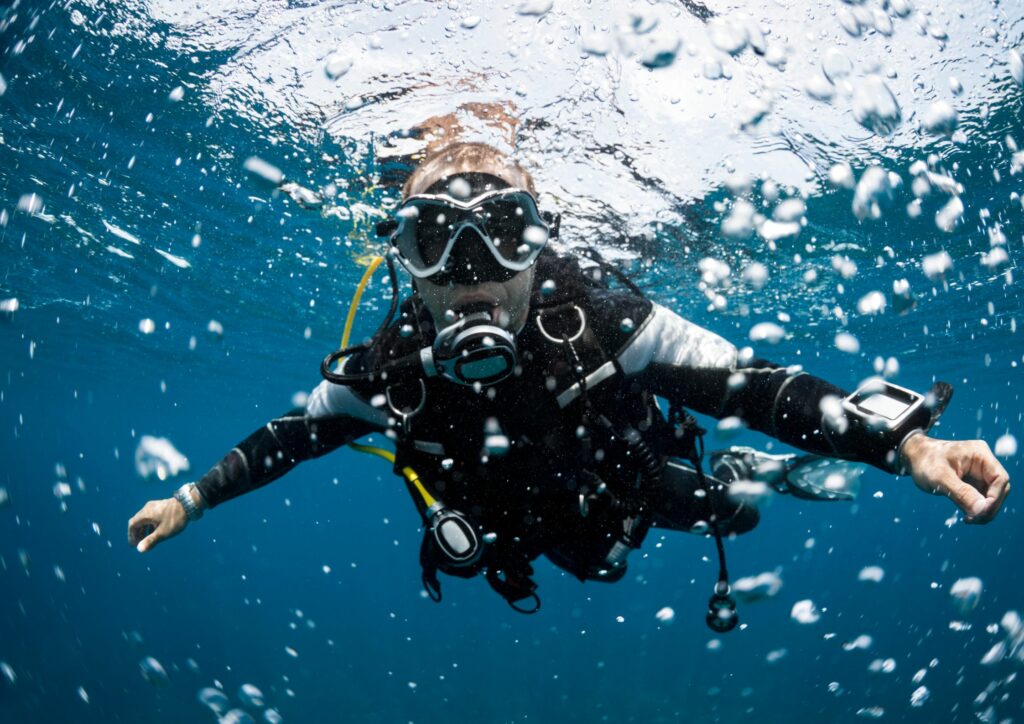As divers, we’ve all experienced that sinking feeling when we realize we’re being swept away by an unexpected sea current. But with the right knowledge and preparation, you can tame the tide and enjoy a stress-free dive in Bali’s beautiful waters. In this article, we’ll delve into the world of ocean currents, explore how to read wave direction, and provide you with expert tips on navigating sea currents like a pro.
The Power of Sea Current
Ocean currents are a vital part of our marine ecosystem, playing a crucial role in shaping the world’s coastlines. But for divers, they can be a source of stress and anxiety. Did you know that some ocean currents can reach speeds of up to 5 knots? That’s like being blown away by a strong gust of wind! So, how do we tame these powerful forces and enjoy a safe and enjoyable dive? The answer lies in understanding wave direction and sea current dynamics.

Reading Wave Direction
When planning your dive, it’s essential to understand the wave direction. This information will help you anticipate the movement of the water and make informed decisions about your dive plan. To read wave direction, simply look at the orientation of the waves as they approach the shore. Are they coming from the left or right? Are they breaking or rolling in? By paying attention to these subtle cues, you can gain valuable insights into the ocean’s behavior.
Navigating Sea Currents

Now that we’ve covered wave direction, let’s dive (pun intended) into navigating sea currents. When facing a strong current, it’s essential to use your compass to determine the direction of the flow. Hold your compass flat and level, and take note of the bearing indicated on the dial. This will give you a clear idea of which way the current is moving. Next, look for natural markers like sand ripples or underwater formations that can help guide you back to your starting point.
Diving Safety Tips
When diving in areas with strong currents, safety should always be your top priority. Here are a few essential tips to keep in mind: Always dive with a buddy and stay within visual range. Use your compass and natural markers to navigate the current. Don’t get too close to any underwater hazards like reefs or rocks. And finally, never dive alone – it’s always better to have someone looking out for you.
Conclusion
Taming the tide requires a combination of knowledge, preparation, and respect for the ocean’s power. By understanding wave direction and sea current dynamics, you can confidently navigate even the strongest currents. Remember to stay safe, use your compass and natural markers, and always dive with a buddy. With these tips in mind, you’ll be ready to tackle even the most challenging dives and enjoy a stress-free experience in Bali’s incredible waters.
Take the Plunge: Mastering Bali Sea Current for a Stress-Free Dive
In conclusion, understanding ocean currents is crucial for any diver looking to tame the tide in Bali diving. By mastering wave direction and sea current dynamics, you’ll be able to navigate even the strongest currents with confidence. Remember to stay safe, use your compass and natural markers, and always dive with a buddy. With these tips in mind, you’ll be ready to take on even the most challenging dives and enjoy a stress-free experience in Bali’s incredible waters. So why not start planning your next dive adventure today? Contact us to learn more about our dive operations and facilities, and get ready to make some waves!

I completely agree with the article. Understanding wave direction and sea current dynamics is crucial for any diver, especially when diving in areas like Bali where currents can be strong.
Thank you for sharing your thoughts, Kavin! We couldn’t agree more – understanding wave direction and sea current dynamics is essential for any diver. At Gill Divers, we take pride in ensuring our divers are well-prepared to tackle the ocean’s currents safely and confidently. If you have any questions or concerns about diving in Bali or would like to learn more about our dive operations and facilities, please don’t hesitate to reach out to us at Tel: +65 6734 9373 or Email: [email protected].
I’m glad to see that the article highlights the importance of safety while diving. Navigating sea currents requires a combination of knowledge, preparation, and respect for the ocean’s power.
Thank you for sharing your thoughts, Fatinah! We completely agree that safety is a top priority when diving, and understanding sea currents is a crucial part of that. At Gill Divers, we’re committed to providing our customers with the knowledge and guidance they need to stay safe while exploring the underwater world. If you have any more questions or concerns about navigating sea currents in Bali, feel free to reach out to us at Tel: +65 6734 9373 or Email: [email protected].
I’ve had my share of experiences with strong currents while diving in Bali. It’s indeed crucial to stay safe and use your compass and natural markers to navigate the current.
Hi Rizalman, thanks for sharing your experience with strong currents while diving in Bali! It’s great to hear that you’ve learned to stay safe and use your compass and natural markers to navigate the current. At Gill Divers, we always emphasize the importance of understanding wave direction and sea current dynamics to ensure a stress-free dive. If you have any more questions or concerns about navigating currents in Bali, please don’t hesitate to contact us at Tel: +65 6734 9373 or Email: [[email protected]](mailto:[email protected]). We’re always here to help.